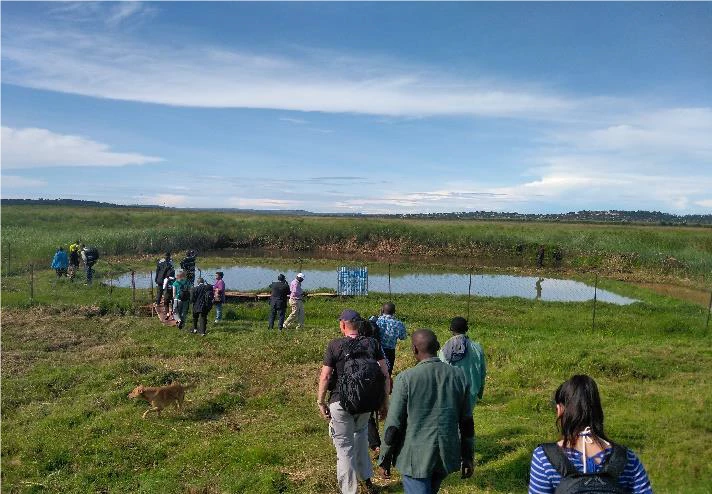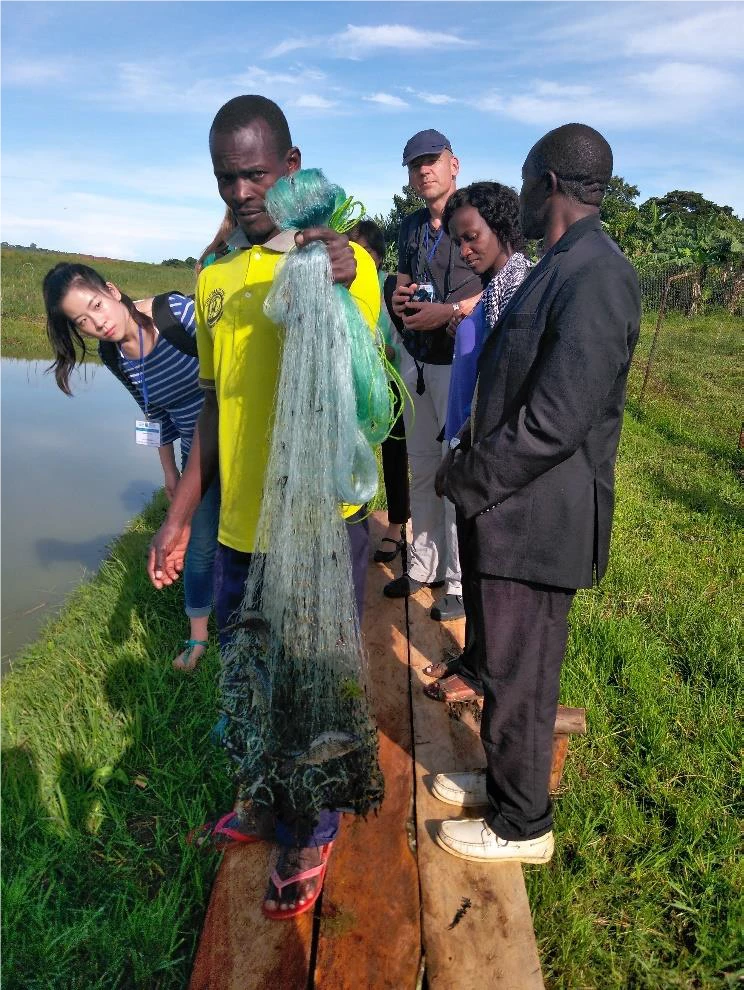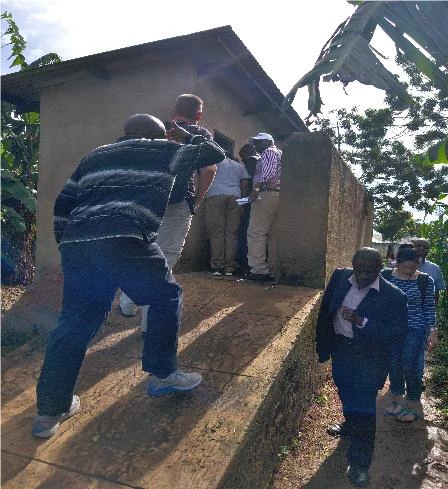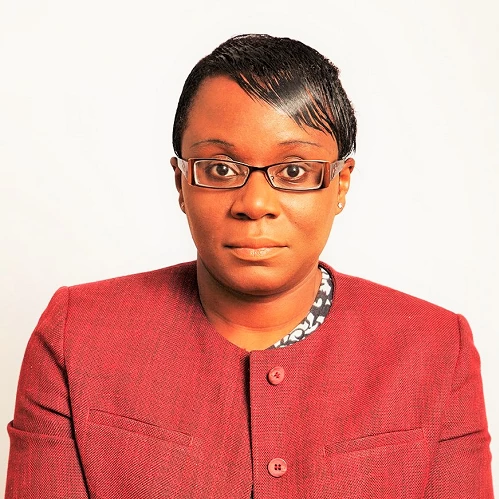Last year, I attended the African Great Lakes Conference in Entebbe, Uganda, joining over 300 specialists who presented on a wide range of water issues. The highlight of the conference, for me, was visiting the Integrated Community Environmental Conservation project in Arul village, Kigungu, in Entebbe.
The project aims to reduce bio-diversity loss, pollution of international waters of Lake Victoria, land degradation, and address some effects of climate change. The fact that the project was managed by a women’s empowerment network made the prospects of the visit more interesting. Mainstreaming gender in environmental and conservation work is an issue that needs to be addressed.

We arrived in Arul village, Kigungu, in the afternoon. The Kigungu area was a place where wetlands had been polluted, contaminated, and devastated by illegal sand mining, poor waste management, and climate change, among other issues. However, since 2006, the Integrated Community Environmental Conservation project has been addressing these issues.
A Sustainable Fish Pond
In the village, we visited a community pond filled with tropical fish. The pond was created to promote sustainable fishing practices and self-sufficiency in food production. For example, the tropical fish were used for local food production with the surplus fish stock sold in the local market as a small business venture which earned local women a small wage. The pond is also used to reduce over fishing in Lake Victoria.

demonstrate sustainable fishing practices
The fish pond is reaping benefits for the local community – a good practice that should be replicated in other local villages. However, as a trained environmental auditor, I had concerns over the quality of the water which appeared muddy and slightly dark in color. In my field of work, it is recommended that the pond water is green in color; deep dark colors should be avoided to gain good fish yield. The color of the pond water is usually a good indicator of the quality of the water. The deterioration of the water quality of the pond may be in its early stages. Without testing the water quality, it is difficult to assess; but the color indicates that the pond is in need of monitoring to evaluate whether the water quality may, if untreated, affect the fish stock. To ensure that the fish pond continues to produce local food for self-sufficiency in a sustainable manner, water quality monitoring and maintenance is essential to continue the success story.
Ecological Sanitation Toilets
The success story of conservation in this village continues, when we visited the ecological sanitation toilets. We learned that there was a water shortage in the village, which was multiplied by a high-water table which causes groundwater contamination. Due to these circumstances the women’s network decided to build ecological sanitation toilets, since these toilets can function within a closed system which does not require water.
After visiting an ecological sanitation toilet, I must say it is another good practice, a beacon of excellence in conservation that addresses the challenge and relationship between water shortage and sanitation. We discussed the principle of using this new technology, where the nutrients in the waste is recycled to create manure and fertilizer for agriculture, improving soil productivity for small-scale farmers. This vital technology was used to train three hundred local community members in the use and maintenance of the system. It was quite impressive.
But it also occurred to me that the nature of these new ecological sanitation toilets means they will require routine checks, monitoring, and regular training as well as sustainable policies and laws and regulations to enforce such actions.
According to the UN Water Global Analysis and Assessment of Sanitation and drinking water, in Uganda, there are neither national standards for monitoring sanitation and drinking water, nor independent tests on water quality .

sanitation toilet - a model of
good practice in conservation.
What is the future for these innovative conservation water and sanitation projects without adequate monitoring, measuring, analysis, and evaluation? How will these projects be measured for environmental performance? How will their success story be sustainable without monitoring and evaluation?
The upfront initial investment in water conservation projects is going well, and making a difference across Africa, but long-term monitoring and evaluation needs to be put in place as well. There is evidence that some projects started out as beacons of excellence in conservation tend to need extra investment in monitoring and evaluation to continue the success story.
Fadeke Ayoola is the CEO of NET Africa.
The views expressed in this blog are those of the author alone. Publication does not imply endorsement of views by the World Bank.
Also learn about the World Bank’s work in Uganda:
- “Clean water for rural Uganda”
- “A water project revives a Ugandan community”
- Lake Victoria Environmental Management Project (LVEMP) - Website | Project
- Uganda Water Small Towns and Rural Growth Centres Project
- Private Sector Participation in the Ugandan Water Sector: A review of 10 years of Private Management of Small Town Water Systems - Report


Join the Conversation